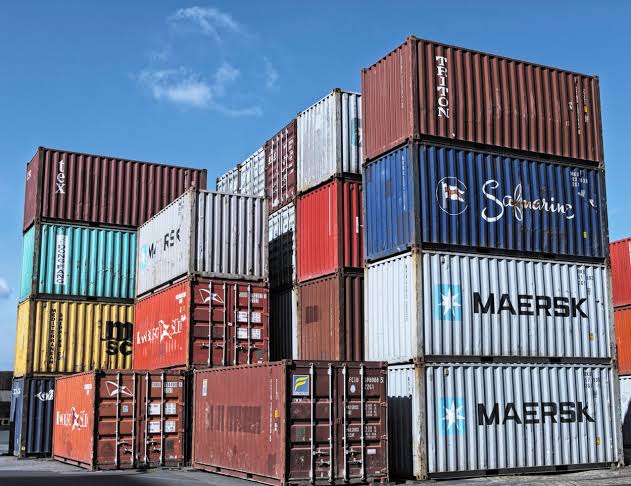International trade has been severely affected by the pandemic. Global economic recovery also at stake because of rising in the cost of shipping goods
Two dozens of Container ships crammed with exercise bikes, electronics, and other highly demanded imports are drifting at the coast of Los Angeles for two weeks.
Farmers are struggling to ship soybeans from Kansas City to buyers in Asia. Factory floors of China are filling up with the furniture destined for North America.
The trade has been severely disrupted to an unprecedented degree by the pandemic around the world. Raising the cost of shipping goods, and raising another challenge for the Global economy to revise. The choreography of moving cargo from one continent to another has been affected by the virus.
The shipping container is at the center of the Pandemic

Factories in China have seen a spike of orders from Americans stuck in their homes, much of it carried across the pacific in containers .the metal boxes that move goods in towering stacks atop enormous vessels. Office furniture is filing the house of the households and treadmills are taking place in basements. The availability of containers in Asia can’t keep up with the demands, yielding shortages there just like the boxes up at American ports.
Millions of masks carried for countries like Africa and South America early in the pandemic are stuck, empty and uncollected because shipping carrier is focusing on their most popular routes those are linking North America and Europe to Asia.
There are ports where ships are frequently stuck for days in floating traffic jams, with bearing goods ready to be unloaded. Shortage of the availability of dockworkers and truck drivers by the restrictions of covid-19 causing delays in handling cargo from southern California to Singapore. Every container that cannot be unloaded in one place is a container that cannot be loaded somewhere also.
Around the globe, Countries’ economies are facing challenges as they are absorbing the ripple effects of this disorder on the sea. By transporting becoming costly, it’s directly impacting the cost of American grain and soybeans across the Pacific, threatening to extend food prices in Asia.
In Australia and New Zealand, empty containers are accumulated at ports; containers are scarce at India’s port of Kolkata, forcing makers of electronics parts to truck their wares quite1,000 miles west to the port of Mumbai, where the availability is best.
Rice exporters in Thailand, Vietnam, and Cambodia are forgoing some shipments to North America due to the impossibility of securing containers.
Companies like Maersk cited bonanza for shipping in this chaos in February cited record-high freight prices in reporting quite $2.7 billion in pretax earnings within the last three months of 2020.
No one knows how long the upheaval will last, though some experts assume containers will remain scarce through the top of the year because the factories that make them — mostly all of them in China — scramble to catch up with demand.
Containers were first deployed in 1956, containers have revolutionized trade by allowing goods to be packed into standard size receptacles and hoisted by cranes onto rail cars and trucks — effectively shrinking the world.
Containers are how flat panel displays made in South Korea are moved to plants in China that assemble smartphones and laptops, and the way those finished devices are shipped across the Pacific to the US.
Also read :
- 10 Headlines From The Pre-Pandemic 2020 That Feel Like They Happened Ages Ago
- Sewed Vaginas: A practice called Female Genital Mutilation
















